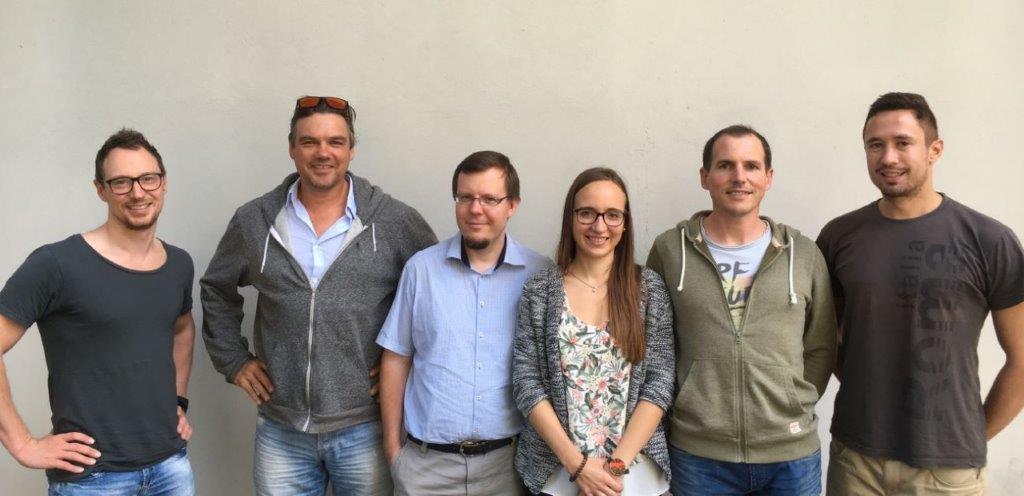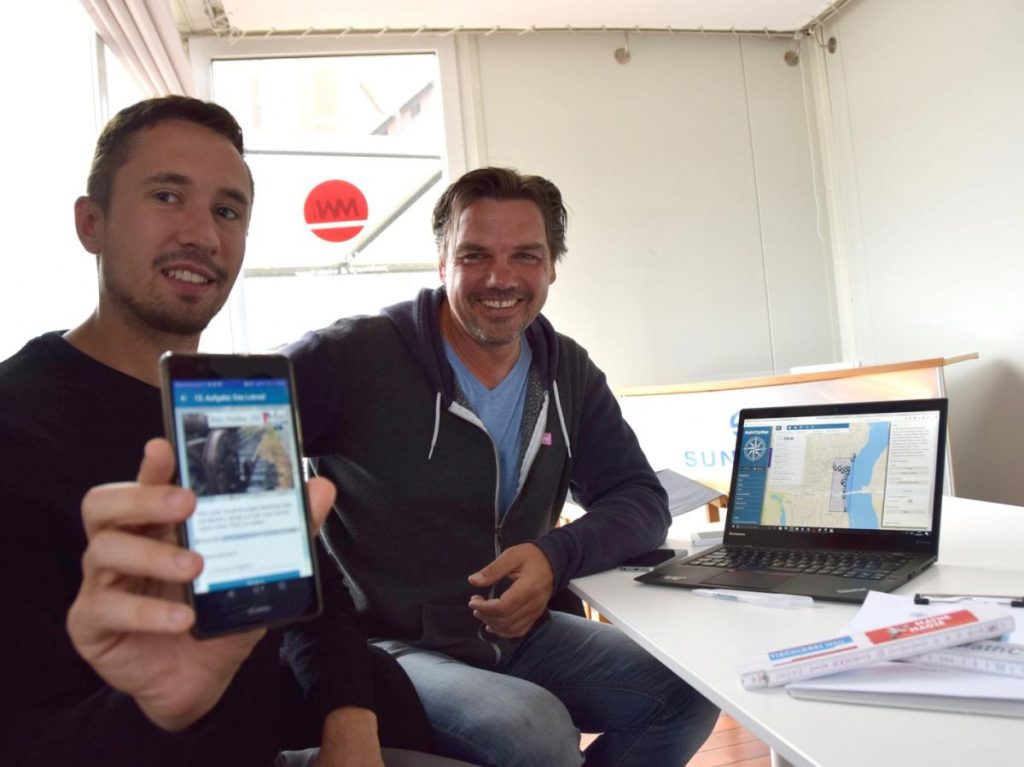Katalin Retterath is a mathematics teacher and consultant for teaching development in the German fedaral state Rhineland-Palatinate. In the following interview, she introduces us to a task that was created during an teacher training on outdoor mathematics teaching.
Task: “Go to the interior of the bulwark. Calculate the volume of the interior in m³ up to the capstones. Assume that the floor is level.”
The goal here is to calculate the volume of a cylinder, which the bulwark encloses with a circular base.
You describe in the category “About the object” that the task was created during an teacher training. How do you use MCM and why?
I am a consultant for instructional development at the pedagogical state institute in Rhineland-Palatinate, Germany. I don’t remember how I got to know MCM, probably at a conference. I have known MCM from the beginning and use it in my classes 1-2 times a year during virus-free times.
At the pedagogical state institute we offer advanced trainings also for the use of media in mathematics lessons, here MCM is a topic again and again. One of the most successful advanced trainings is “Outdoor Mathematics” – a two-day event, which we have offered so far alternately in Speyer, Bad Kreuznach and Andernach. The task “Bulwark – Volume” was created by a group of participants in Andernach – I just created it in the MCM system.
How do you plan to use MathCItyMap in the future? What ideas do you have for using MCM in math classes?
It’s a very great tool! I look forward to using it again. We consultants have also used MathCityMap in another way, including outdoor math: we created a series of surveying tasks around Speyer Cathedral (code: 031829) and entered them into MCM.
With the help of MCM we have been able to create very appealing booklets for the participants of the advanced training [also MathCityMap offers the possibility to download a trail guide as a companion booklet to the trail; editor]. These booklets help document the work so that the field trip can be better integrated into the classroom: In addition to entering results in the app, the notebooks are used anyway / in parallel. I would try it out like this in a 10th grade or high school class – if times allow and I have a suitable class.












